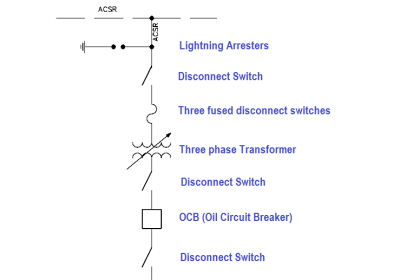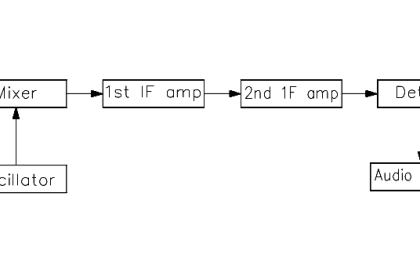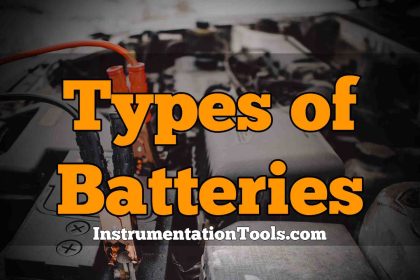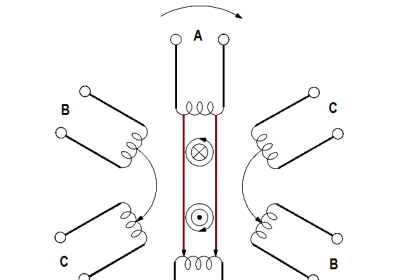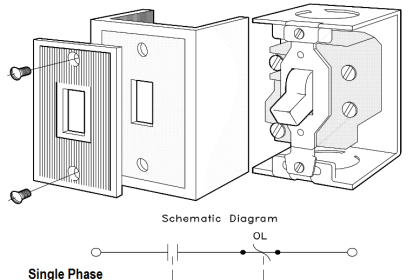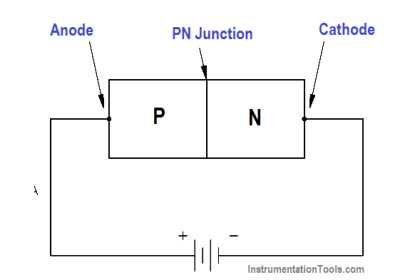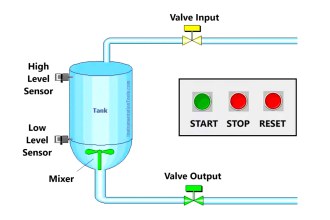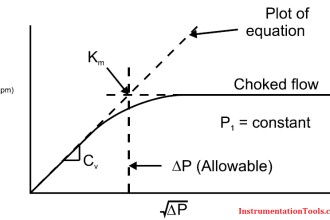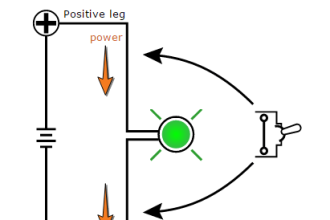When the field winding of a generator is connected in parallel with the generator armature, the generator is called a shunt-wound generator (Figure 8).
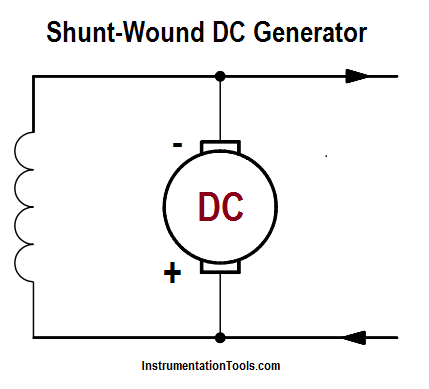
Figure 8a : Shunt-Wound DC Generator
The excitation current in a shunt-wound generator is dependent upon the output voltage and the field resistance. Normally, field excitation is maintained between 0.5 and 5 percent of the total current output of the generator.
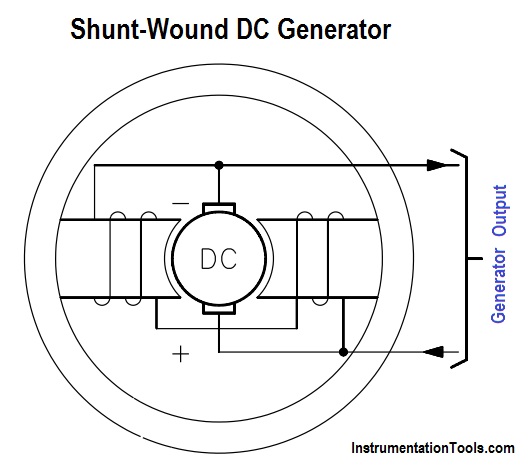
Figure 8 b : Shunt-Wound DC Generator
The shunt-wound generator, running at a constant speed under varying load conditions, has a much more stable voltage output than does a series-wound generator. Some change in output voltage does take place. This change is caused by the fact that, as the load current increases, the voltage drop (IaRa) across the armature coil increases, causing output voltage to decrease.
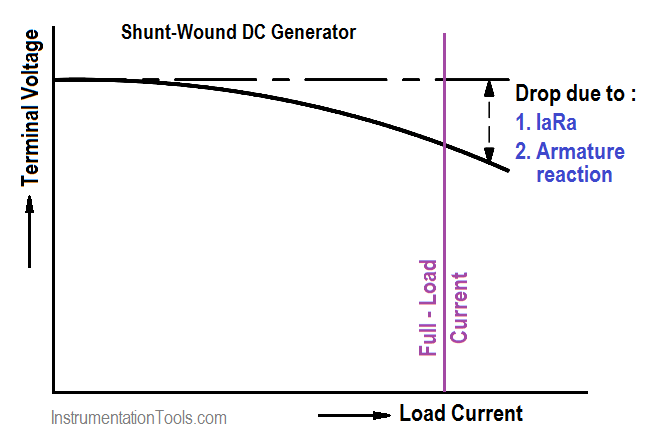
Figure 9 : Output Voltage-vs-Load Current for Shunt-Wound DC Generator
As a result, the current through the field decreases, reducing the magnetic field and causing voltage to decrease even more. If load current is much higher than the design of the generator, the drop in output voltage is severe. For load current within the design range of the generator, the drop in output voltage is minimal (Figure 9).

